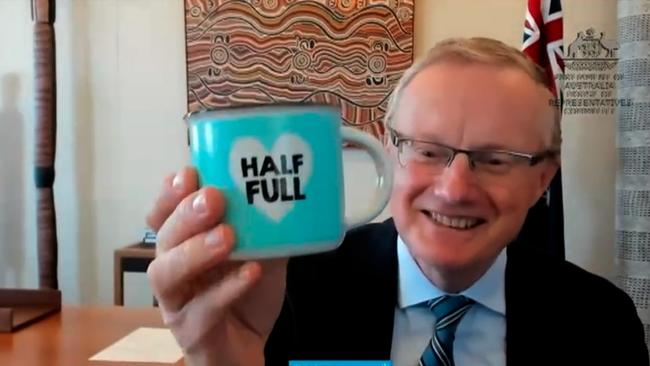
Westpac’s Bill Evans calls this apparent act of monetary policy self-harm a “bizarre development”. So if the RBA is not prepared to act now to cushion the blow of the Delta crisis, when on earth would it?
To answer that question, consider two things.
First, monetary policy is slow acting medicine. The boffins at Martin Place know that monetary easing taken today – say, maintaining the QE program at $5bn a week, or even expanding it to $6bn – would start to have an impact in only about six months, by which point the RBA expects the recovery to be back in full swing.
That brings us to the second point: the RBA is focused on the medium term. In that sense, it’s not about how large is the hole left in the economy by the Delta crisis – as long as it’s temporary, and doesn’t derail the overall recovery.
For now, that remains the central bank’s “central scenario”. Dr Lowe is staying upbeat about a bounce into the end of the year as high vaccination rates allow states to ease restrictions.
So what would change the RBA board’s collective mind?
A major red flag would be if we start to see evidence of a wave of businesses losing hope, shutting up shop, and laying off workers en masse. A collapse in business investment. Unemployment climbing rapidly, risking the labour market “scarring” we so successfully dodged during the 2020 downturn.
Even then, with rates at 0.1 per cent, it will be the government, not the RBA, that rides to the rescue.




Australians might be wondering why RBA boss Philip Lowe is reining in his bond-buying program from September at a time when half the population is under stay-at-home orders to tame an economy-wrecking outbreak that so far refuses to be tamed.